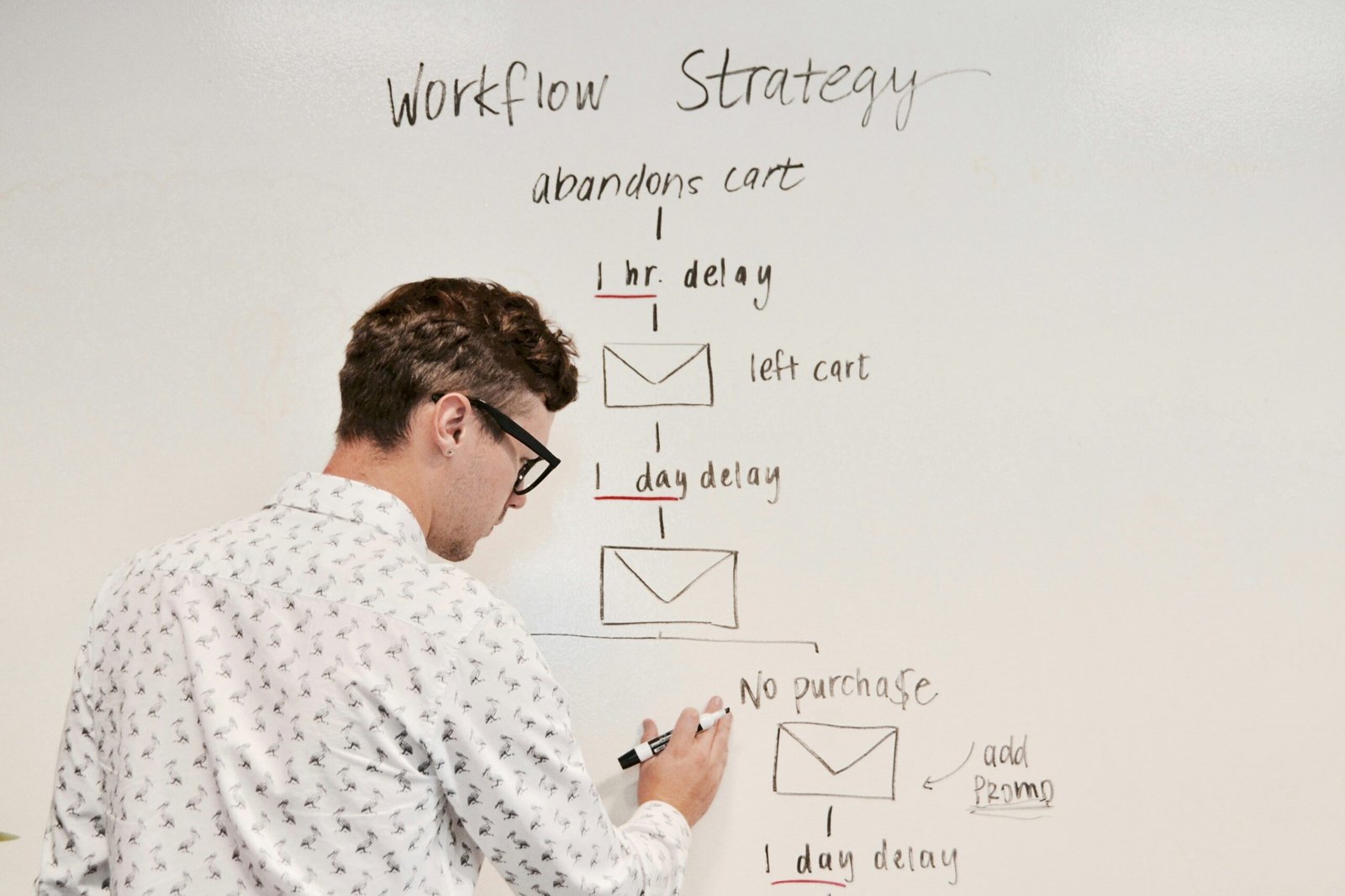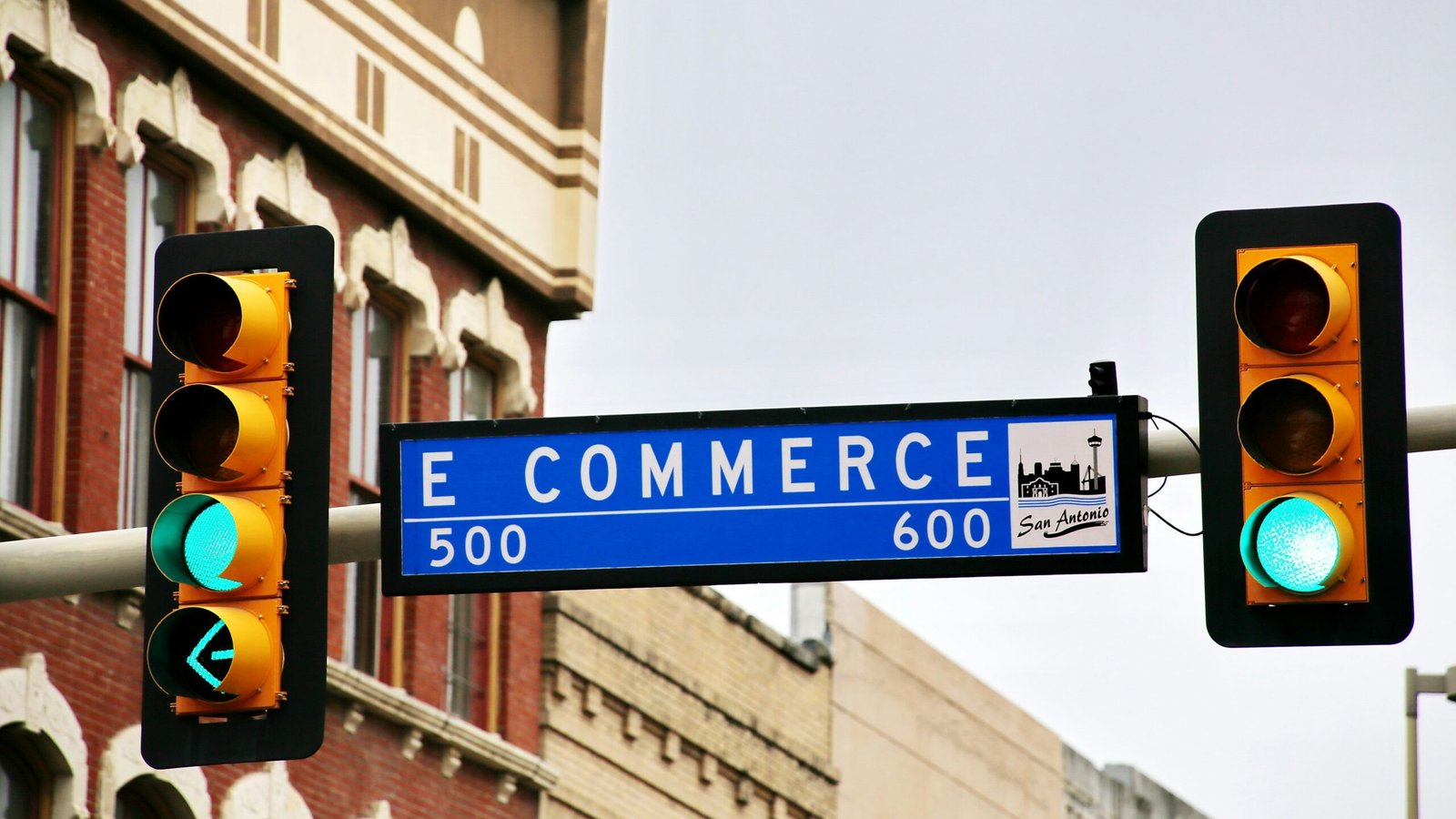Customer Retention: Using B2B E-commerce E-newsletters to Build Loyalty
Understanding the Importance of Customer Retention in B2B E-commerce
Customer retention is a crucial element of any B2B e-commerce strategy. It’s not merely about maintaining a current customer base but ensuring sustained business growth and profitability. In the realm of B2B, the costs associated with acquiring new customers can be exponentially higher than those involved in retaining existing ones. This phenomenon is often attributed to the complex nature of B2B sales cycles, which frequently involve longer conversion times and multiple decision-makers.
Financially, the impact of customer retention is profound. Research indicates that increasing customer retention rates by a mere 5% can potentially amplify profits by 25% to 95%. This substantial return is because repeat customers are more likely to purchase again and tend to spend more than new customers. Furthermore, they often act as brand advocates, organically marketing the business through word-of-mouth recommendations and referrals, significantly reducing acquisition costs.
To effectively measure and monitor customer loyalty and retention, businesses rely on key metrics and indicators. One of the most critical metrics is Customer Lifetime Value (CLV), which calculates the total revenue a business can reasonably expect from a customer throughout the entire business relationship. Higher CLV denotes more profitable and loyal customers.
Another essential metric is the repeat purchase rate, which indicates the percentage of customers who make additional purchases. This metric not only highlights the success of retention strategies but also serves as a predictor of customer loyalty. Monitoring the churn rate, which refers to the percentage of clients who cease their business relationship within a specific timeframe, is also vital. A lower churn rate denotes a more effective retention strategy and a healthier business.
By focusing on these vital metrics and investing in robust customer retention strategies, B2B businesses can ensure sustainable growth and enhanced profitability, thereby cementing their position in the market.
The Role of E-newsletters in Customer Retention
In the realm of B2B e-commerce, customer retention is paramount, and e-newsletters emerge as an instrumental tool in enhancing and maintaining customer relationships. These digital communications provide a direct line to your clientele, allowing for consistent engagement that keeps your brand top-of-mind. Through regular touchpoints, businesses can reinforce their value proposition and build stronger connections with their audience.
One of the most significant benefits of e-newsletters is their ability to offer curated content that resonates with specific segments of your customer base. By delivering relevant industry insights, product updates, and educational resources, you provide tangible value that goes beyond the transactional relationship. Such targeted content not only informs but also empowers your customers, fostering a sense of loyalty and trust.
Moreover, e-newsletters enable the creation of personalized experiences tailored to the unique needs and preferences of each recipient. Utilizing data analytics, businesses can segment their audience and customize content to address the specific challenges and objectives of individual clients. Personalized e-newsletters demonstrate an understanding of the client’s business context and can significantly enhance perceived value, strengthening the overall relationship.
To illustrate, consider a B2B company in the software industry that successfully utilized e-newsletters to retain its customer base. By segmenting their customers based on industry and usage patterns, they designed bespoke content that included best practice guides, case studies, and exclusive product previews. The result was not only an increase in open and click-through rates but also a notable improvement in customer satisfaction and retention metrics.
Another example is a manufacturing firm that used e-newsletters to consistently update its clients on supply chain improvements and production innovations. By including personalized notes from account managers and customer success stories, they cultivated a community feeling among their clients, leading to enhanced loyalty and repeat business.
In essence, e-newsletters offer a potent mechanism for nurturing customer relationships in the B2B arena. Through regular, valuable, and personalized communication, businesses can maintain an enduring presence in their customers’ minds, thus driving sustained loyalty and long-term retention.
Creating Effective B2B E-newsletters
In the realm of B2B e-commerce, crafting compelling e-newsletters is pivotal for engaging customers and fostering loyalty. A well-defined content strategy is fundamental to this endeavor. E-newsletters should encompass a diverse array of content, including industry news, product updates, and case studies. These elements not only provide valuable information but also establish your organization as a thought leader. Highlight industry trends and insights to keep your recipients informed, while product updates ensure they are aware of the latest innovations from your company. Furthermore, sharing case studies can demonstrate real-world applications of your products and services, building credibility and trust.
Design also plays an integral role in the effectiveness of B2B e-newsletters. Ensure that the format is clean and easy to read, with a balanced use of visuals and text. Keeping a consistent design aligns with brand identity and helps maintain a professional appearance. Prioritize mobile-friendliness, as a significant portion of readers access their emails via mobile devices. Typography, color schemes, and white space should be meticulously chosen to enhance readability and engagement.
Segmenting your audience is another best practice that cannot be overlooked. Tailor content to specific segments based on demographics, industry, or past interactions. This targeted approach increases the relevance of your e-newsletters, making them more likely to resonate with each recipient. For instance, a new product announcement can be sent to recent customers, while industry news can be directed to potential clients who need to stay updated.
Personalization is equally crucial. Address recipients by their name and use data-driven insights to customize content reflective of their preferences and behavior. This level of personalization fosters a connection and makes the recipient feel valued.
A clear call-to-action (CTA) is essential in guiding readers towards desired actions. Whether it’s downloading a white paper, signing up for a webinar, or contacting a sales representative, a well-placed and concise CTA can significantly enhance engagement rates.
Finally, tracking the performance of your e-newsletters is vital for continuous improvement. Utilize analytics to monitor metrics such as open rates, click-through rates, and conversion rates. Analyzing this data will provide insights into what resonates with your audience and inform future content strategies.
Measuring the Impact: Key Metrics and Adjustments
When it comes to measuring the impact of your B2B e-commerce e-newsletters on customer retention, there are several key metrics that you should pay close attention to. By analyzing these metrics, you can gain valuable insights into the effectiveness of your campaigns and make data-driven adjustments for better results.
One of the most important metrics to track is the open rate. This metric tells you how many recipients actually opened your e-newsletter. A high open rate indicates that your subject lines are engaging and attracting the attention of your audience.
Another crucial metric is the click-through rate (CTR). This metric measures the percentage of recipients who clicked on a link within your e-newsletter. A high CTR indicates that your content is relevant and compelling enough to drive traffic to your website or landing page.
Conversion rate is also a key metric to consider. This metric tells you how many recipients took the desired action after clicking through to your website, such as making a purchase or signing up for a webinar. By tracking the conversion rate, you can assess the overall effectiveness of your e-newsletter in driving valuable actions.
Once you have collected and analyzed these key metrics, it’s essential to make informed adjustments to your e-newsletter strategy. This could involve testing different subject lines, tweaking your content to be more personalized, or optimizing the placement of your CTAs. By continuously iterating on your e-newsletter campaigns based on data-driven insights, you can ensure that you are delivering valuable content to your audience and ultimately building stronger relationships and loyalty with your customers.
Related Article: 7 Benefits of Having an E-Newsletter for Your B2B E-Commerce







